Clubtail Dragonfly
- April 4, 2024
- 0 comment
The Clubtail Dragonfly, known scientifically as Gomphidae, is a captivating insect renowned for its distinctive club-shaped tail, from which it derives its name. Belonging to the Odonata order, these elegant creatures are characterized by their elongated bodies, transparent wings, and vibrant colors. Found in various habitats worldwide, including ponds, streams, marshes, and lakeshores, Clubtail Dragonflies play a crucial role in maintaining the balance of freshwater ecosystems. As voracious predators, they feed on smaller insects such as mosquitoes, flies, and gnats, contributing to pest control and serving as an essential food source for other organisms.

With over 900 species distributed across continents, Clubtail Dragonflies exhibit fascinating behaviors and adaptations, including agile flight maneuvers and intricate courtship displays. Despite their resilience, they face threats from habitat loss, pollution, and climate change, highlighting the importance of conservation efforts to safeguard their populations and habitats. Overall, the Clubtail Dragonfly serves as a symbol of biodiversity and the interconnectedness of all living things, reminding us of the importance of preserving natural ecosystems for future generations to enjoy.
| Specification | Description |
|---|---|
| Scientific Name | Gomphidae |
| Common Name | Clubtail Dragonfly |
| Order | Odonata |
| Body Structure | Elongated |
| Tail Shape | Club-shaped |
| Wings | Transparent |
| Size | Varies by species, typically ranging from 1 to 4 inches in length |
| Colors | Vibrant hues of green, blue, yellow, and brown |
| Habitat | Freshwater habitats such as ponds, streams, marshes, and lakeshores |
| Distribution | Found worldwide on all continents except Antarctica |
| Diet | Predatory, feeds on smaller insects such as mosquitoes, flies, and gnats |
| Behavior | Agile flight, aerial acrobatics, territorial displays |
| Lifespan | Several weeks to a few months for adults, depending on species and environmental factors |
| Conservation Status | Varies by species, some are threatened or endangered due to habitat loss, pollution, and climate change |
| Importance in Ecosystem | Plays a crucial role in controlling insect populations, serves as a food source for other organisms |
| Unique Features | Among the oldest insect groups, with fossil records dating back over 300 million years |
Clubtail Dragonfly
Clubtail Dragonfly, scientifically known as Gomphidae, is a fascinating insect belonging to the Odonata order. These graceful creatures are renowned for their distinctive club-shaped tails, from which they derive their name. With over 90 genera and approximately 900 species, clubtail dragonflies can be found worldwide, inhabiting diverse ecosystems ranging from ponds and streams to marshes and lakeshores.
Physical Characteristics
Coloration and Markings
Clubtail dragonflies exhibit a wide array of colors and markings, often varying based on species and gender. Their bodies can be adorned with vibrant hues of green, blue, yellow, and brown, while intricate patterns and stripes embellish their wings and thorax.
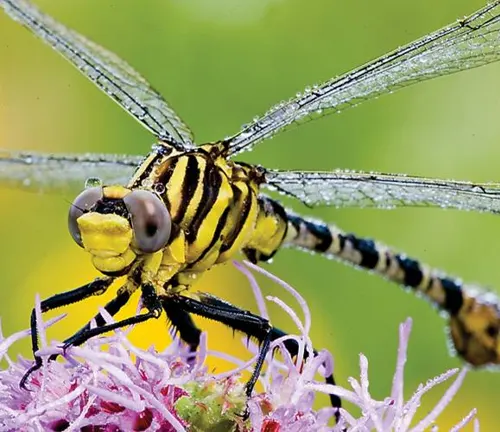
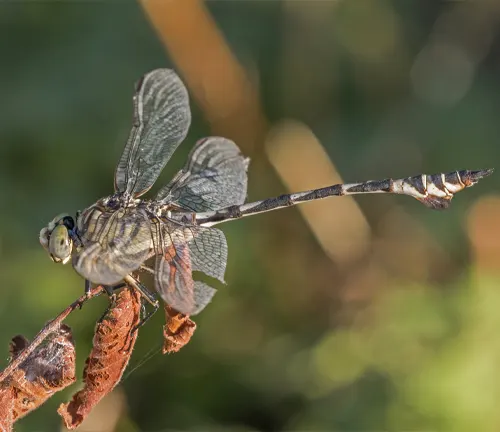
Size and Body Structure
Typically, clubtail dragonflies boast elongated bodies with transparent wings spanning a considerable length. Their size varies depending on the species, with some measuring as small as an inch, while others can reach lengths of up to four inches or more.
Habitat and Distribution
The habitat and distribution of clubtail dragonflies encompass a wide array of freshwater environments across the globe. These adaptable insects can be found in various habitats, including ponds, lakes, rivers, streams, marshes, and wetlands. Their preference for freshwater ecosystems is due to the presence of suitable breeding sites and abundant prey populations.
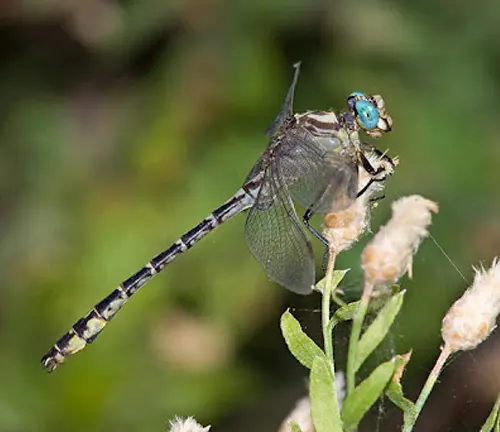
In terms of distribution, clubtail dragonflies are distributed across continents, exhibiting a global presence. They can be found in North and South America, Europe, Asia, Africa, and Australia. Their distribution patterns may vary based on species, with some species being more widespread while others have more localized distributions.
Life Cycle and Reproduction
The life cycle of clubtail dragonflies undergoes a fascinating metamorphosis from egg to nymph to adult. Females typically lay their eggs in or near freshwater bodies such as ponds, lakes, or streams. These eggs hatch into aquatic nymphs, which spend the majority of their lives underwater, where they hunt for prey and undergo several molts as they grow and develop.
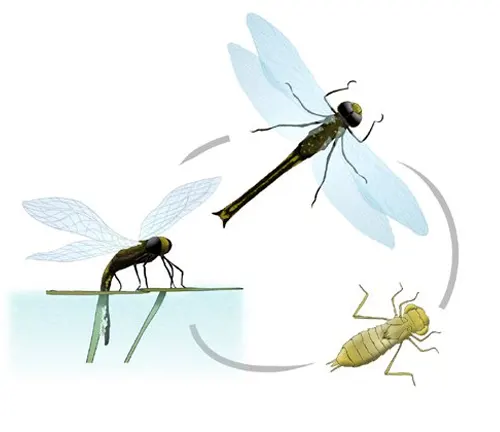
Once fully developed, the nymphs emerge from the water and undergo a final molt to transform into mature adults. The emergence process, also known as eclosion, usually occurs on nearby vegetation or other structures. Upon emergence, the adult dragonflies need to wait for their wings to expand and dry before they can take flight.
Reproduction in clubtail dragonflies typically occurs in flight, with males engaging in elaborate courtship displays to attract females. Males may grasp females using specialized claspers at the end of their abdomens during copulation. After mating, females deposit their eggs in or near water, completing the reproductive cycle.
Diet and Feeding Habits
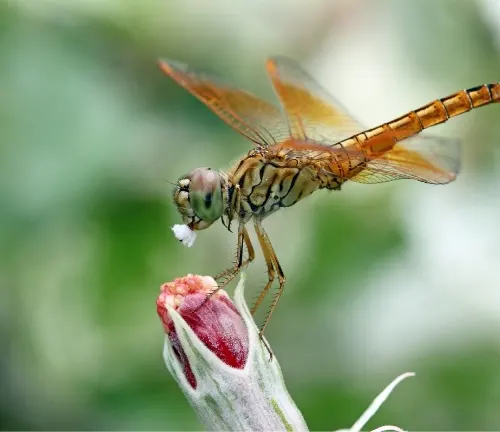
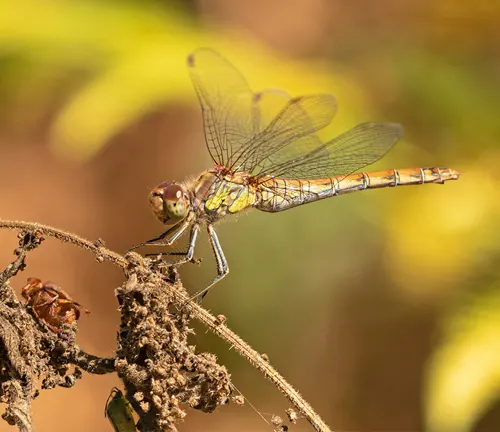
Clubtail dragonflies are voracious predators with a diet primarily consisting of smaller insects such as mosquitoes, flies, gnats, and other flying insects found near freshwater habitats. They are highly skilled hunters, using their sharp mandibles to capture prey mid-flight with remarkable agility and precision.
These aerial hunters rely on keen eyesight to detect movement and track their prey. Once a target is spotted, clubtail dragonflies employ swift and agile flight maneuvers to intercept and capture their prey. Their ability to maneuver quickly through dense vegetation enables them to navigate their surroundings with ease while hunting.
Clubtail dragonflies play a crucial role in controlling insect populations, particularly mosquitoes, which are known vectors for diseases such as malaria and West Nile virus. By preying on these pest species, clubtail dragonflies contribute to the overall balance of freshwater ecosystems and help mitigate the spread of vector-borne diseases.
Behavior and Adaptations
Clubtail dragonflies exhibit fascinating behaviors and adaptations that contribute to their success as predators and inhabitants of freshwater ecosystems. These insects are known for their agile flight and aerial acrobatics, which enable them to maneuver swiftly through dense vegetation in pursuit of prey or during territorial disputes.
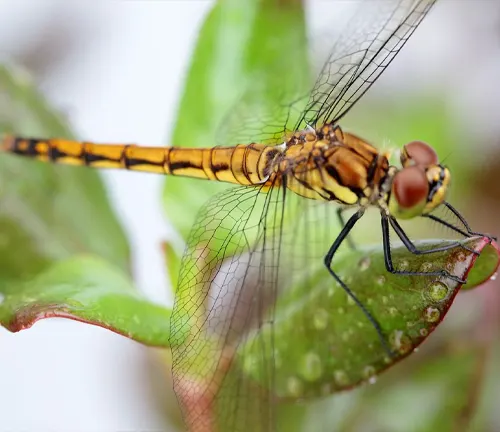
Their compound eyes provide them with excellent vision, allowing them to detect movement and track prey with remarkable accuracy. This keen eyesight, coupled with their ability to fly at high speeds and change direction rapidly, makes them formidable hunters in their aquatic habitats.
Importance in Ecosystem
Clubtail dragonflies play a crucial role in freshwater ecosystems, serving as apex predators that help regulate insect populations. By feeding on smaller insects such as mosquitoes, flies, and gnats, they contribute to pest control and help maintain the balance of aquatic ecosystems.
In addition to controlling insect populations, clubtail dragonflies also serve as an important food source for other organisms such as birds, fish, and amphibians. Their presence in freshwater habitats contributes to the overall biodiversity of these ecosystems, supporting a diverse array of wildlife.
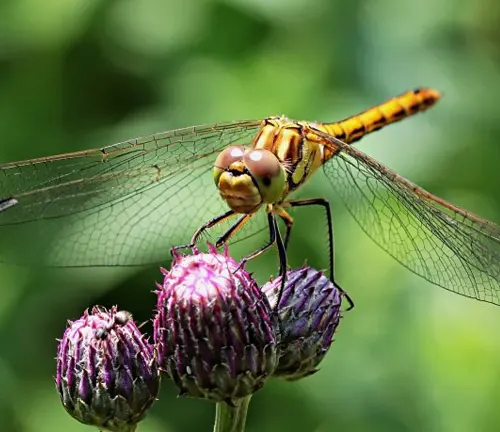
Furthermore, clubtail dragonflies are indicators of ecosystem health, with their presence or absence serving as a reflection of water quality and habitat conditions. Monitoring populations of clubtail dragonflies can provide valuable insights into the overall health and integrity of freshwater ecosystems.
Threats and Conservation Status
Despite their resilience, clubtail dragonflies face various threats, including habitat loss, pollution, climate change, and predation by invasive species. Several species are listed as threatened or endangered, highlighting the urgent need for conservation efforts to protect their habitats and populations.
Human Interaction and Impact
Human activities such as urbanization, agriculture, and pollution pose significant challenges to clubtail dragonflies and their habitats. Efforts to raise awareness, promote conservation initiatives, and mitigate human-induced disturbances are crucial for ensuring their survival.
Interesting Facts about Clubtail Dragonfly
- Clubtail dragonflies are among the oldest insect groups, with fossil records dating back over 300 million years.
- Some species of clubtail dragonflies engage in spectacular mating displays, including aerial battles and intricate courtship rituals.
- Certain indigenous cultures revere clubtail dragonflies as symbols of transformation, renewal, and spiritual significance.
How to Spot Clubtail Dragonfly in the Wild
Spotting clubtail dragonflies in their natural habitat requires patience and keen observation. Look for them near freshwater bodies, particularly along the edges of ponds, streams, or marshes, where they perch on vegetation or rocks while hunting for prey.
Tips for Photographing Clubtail Dragonfly
Capturing stunning photographs of clubtail dragonflies requires careful planning and technique. Use a telephoto lens to capture close-up shots without disturbing their natural behavior, and experiment with different angles and lighting conditions to showcase their vibrant colors and intricate details.
Conservation Efforts and Initiatives
Numerous organizations and conservation groups are actively involved in safeguarding clubtail dragonflies and their habitats. These efforts include habitat restoration projects, water quality monitoring, and public outreach programs aimed at raising awareness about the importance of protecting these charismatic insects.
Different Species
Eastern Least Clubtail
(Stylogomphus albistylus)
Found in eastern North America, characterized by its small size and distinctive white club-shaped tail.

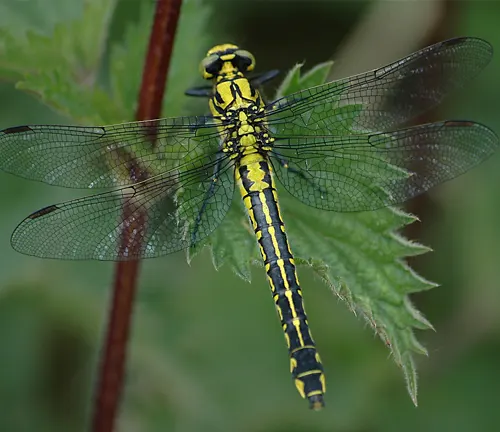
Common Clubtail
(Gomphus vulgatissimus)
Widely distributed across Europe and Asia, known for its robust body and yellow markings on the abdomen.
Western Clubtail
(Gomphus pulchellus)
Native to North America, particularly in the western regions, recognized by its bright green eyes and yellow stripes on the thorax.
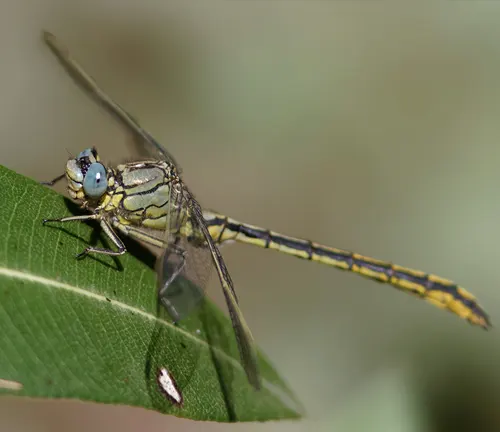
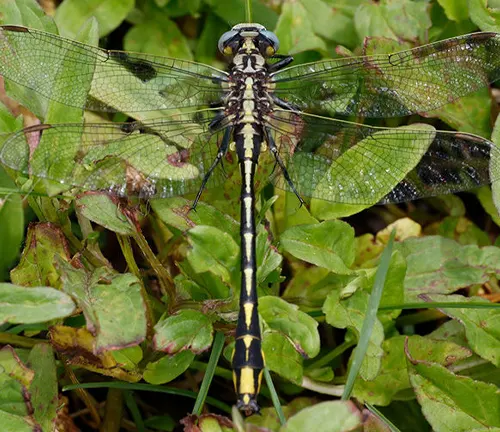
Pronghorn Clubtail
(Gomphus graslinellus)
Found in the western United States, distinguished by its slender body and distinctive black markings on the abdomen.
Midland Clubtail
(Gomphus fraternus)
Native to North America, ranging from the Great Plains to the eastern seaboard, known for its medium-sized body and brownish-yellow coloration.
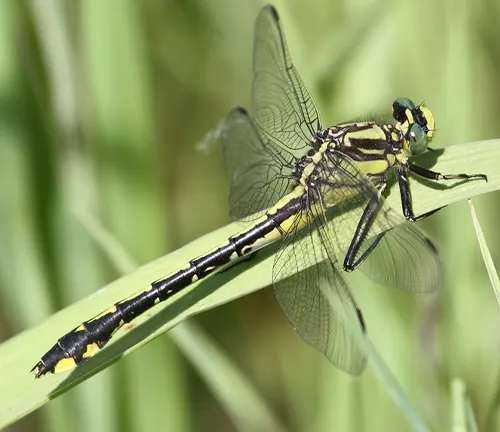
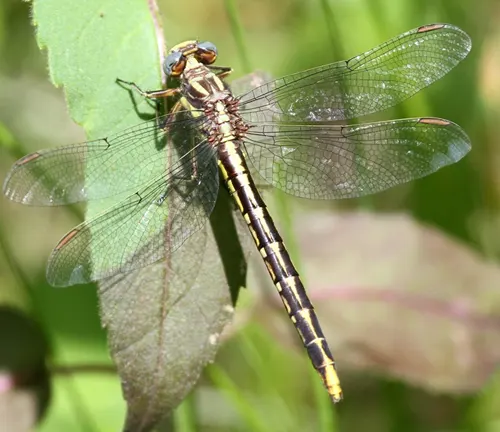
Lancet Clubtail
(Gomphus exilis)
Found in eastern North America, characterized by its slender body and distinctive lance-shaped abdomen.
Pacific Clubtail
(Gomphus kurilis)
Native to the western United States, particularly in the Pacific Northwest, known for its large size and greenish-yellow coloration.


Plains Clubtail
(Gomphus externus)
Found in central North America, recognized by its robust body and distinctive black markings on the abdomen.
Frequently Asked Questions (FAQs)
- What is the significance of the club-shaped tail in clubtail dragonflies?
The club-shaped tail is believed to play a role in mating rituals and territorial displays, but its exact function may vary among species. - How do clubtail dragonflies hunt for prey?
Clubtail dragonflies are adept predators and typically hunt for prey while in flight, using their sharp mandibles to capture insects mid-air. - What are the predators of clubtail dragonflies?
Predators of clubtail dragonflies include birds, fish, amphibians, and other predatory insects. - How do clubtail dragonflies communicate with each other?
Clubtail dragonflies communicate through a combination of visual cues, body movements, and possibly pheromones during mating and territorial interactions. - Do clubtail dragonflies exhibit territorial behavior?
Yes, clubtail dragonflies are known to defend territories, especially during the breeding season, through aerial displays and aggressive interactions with intruders. - Are clubtail dragonflies indicators of water quality?
Yes, the presence or absence of clubtail dragonflies can serve as an indicator of water quality in freshwater habitats, as they are sensitive to pollution and habitat degradation. - Do clubtail dragonflies undergo metamorphosis?
Yes, like all dragonflies, clubtail dragonflies undergo a complete metamorphosis, transitioning from egg to nymph to adult. - How do clubtail dragonflies mate?
Clubtail dragonflies typically mate in flight, with males using specialized claspers at the end of their abdomens to grasp females during copulation. - What role do clubtail dragonflies play in ecosystem balance?
Clubtail dragonflies play a crucial role in controlling insect populations, serving as apex predators in freshwater ecosystems and contributing to biodiversity. - How many generations of clubtail dragonflies are there in a year?
The number of generations of clubtail dragonflies per year varies depending on species, environmental conditions, and geographical location. - What is the evolutionary history of clubtail dragonflies?
Clubtail dragonflies belong to one of the oldest insect groups, with fossil records dating back over 300 million years, providing valuable insights into their evolutionary history and adaptations.



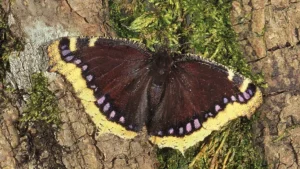
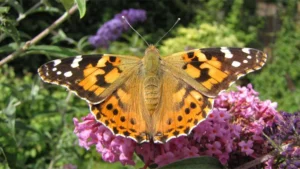


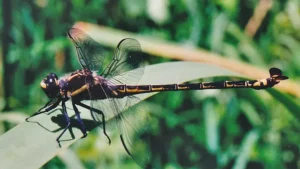
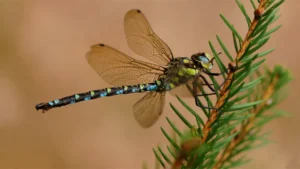

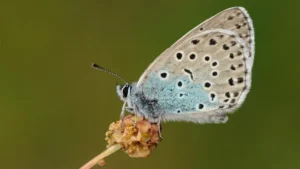

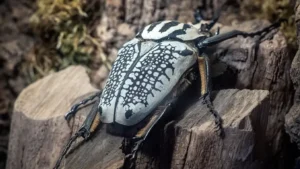

Leave your comment